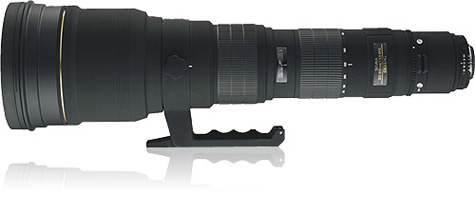
The Sigma 300-800mm F5.6 EX HSM is easily one of the biggest lenses for 35mm SLR cameras today. Its by all means the biggest and most useful super telephoto zoom spanning over a huge 300mm to 800mm range at a constant F5.6 aperture. The only bigger zoom in production is the Sigma 200-500mm F2.8 but let alone its insane size and weight makes it almost unusable.
The Sigma 300-800mm F5.6 EX HSM although still bulky and very heavy is a useful size but it has its cost. The lens demands the utmost of your tripod and tripod head. A strong Gimbal head is a absolute must (See my Gimbal reviews)- The same goes for the tripod. I have chosen Gitzo for their unmatched strength, durability and finesse.
The unremoveable tripod collar is thankfully matching the size of the lens with a built in extra grip matching a grown mans hands. The collar is as smooth and probably a nit smoother than the smaller Sigma 500mm F4.5 EX HSM (read my Sigma 500mm F4.5 EX HSM review) and can be left un-tightened at all time without any unwanted rotation. Rotating the lens is a joy and frankly I´m impressed Sigma made it so smooth. – It feels like its rolling on a couple of ball barrings.
The placement of both the zoom ring and focus ring seems well thought out although its a bit of reach adjusting the focus ring.
The zoom ring is well damped and controlled – Your not likely going to change the focal length by mistake. Another thing I like about it is the relatively short stop to stop movement of the zoom ring. Its not to long so it would take forever to change focal length and its not to short so you´ll skip whatever focal length you´ll about to choose.
The focus ring has a alltime auto focus override feature (in the Canon, Nikon and Sigma version) which is great. Its huge and users will find the rubberized surface great and easy to manoeuvre – The movement from 6 meters (which is the shortest focus distance) to infinity is quite long but also easy to adjust. There´s a small window from where you can see the focus focus distance placed between the focus and zoom ring.
A drawback of the Sigma 300-800mm F5.6 EX HSM lens is the lack of a focus limiter especially coming from the Sigma 500mm F4.5 EX HSM. Why Sigma left this out is beyond me – Hopefully an updated version will come with a focus limiter.
Due to this plus a long zoom travel makes the focus speed slower than the 500mm although not so much if the target you switching from and to is within a relatively short distance (ex. 10 to 40 meters) – In fact here it focus very very quickly.
But missing the target within a certain focus distance the zoom need to travel all the way back to 6 meters and then out to the target. Certainly that makes for a annoying delay.
The focus speed is pretty much the same throughout the focus range which is a great thing.
The lens features built-in filter holder and with the lens comes a clear filter and a polarizer filter. Sigma made the filter holder rotatable from outside the lens.
Another thing included is the ambiguous lens strap which although not wide is lengthy and pretty standard. Okay for lugging the lens over the shoulder for a short period of time.
As a huge plus is the included lens bag where the lens is fastened tightly and securely. The bag has other rooms for various other stuff – Imagine the Lowepro Lens Trekker 600 AW II without the backpack straps and you´ll have the Sigma bag. Actually the Sigma bag feels even more sturdy.
If you´re thinking about using the lens with teleconverters it can be an option but requires (for Canon at least) a 1D series body for the auto-focus to still function probably locking onto your subject.
Famous bird photographer and overall Sigma 300-800mm F5.6 EX HSM guru Romy Ocon aka Liquidstone have made some amazing photos and videos with this lens and a 2x teleconverter.
But remember you´re already dealing with a lot of focal length and its certainly not easier to handle let alone finding your target at 1120mm (1.4x) or 1600mm (2x) but can be lightened by zooming back and forth.
And now for the part you probably have been reading for all along – Lens sharpness. And ooh yes it is.
All the following shorts are straight from RAW not been edited in any way including sharpness, contrast or anything other than being cropped accordingly in Adobe Photoshop.
I am using a Canon 1D Mark II (ISO 400), a Gitzo tripod and a new Jobu BWG-PRO gimbal head which I´m also reviewing and which will be released later on. And of course the Sigma 300-800mm F5.6 EX HSM.
Note the focus point right on the tip of the bill.
300mm F5.6 – Firstly the whole scene 300mm F5.6, straight from RAW resized to fit the blog.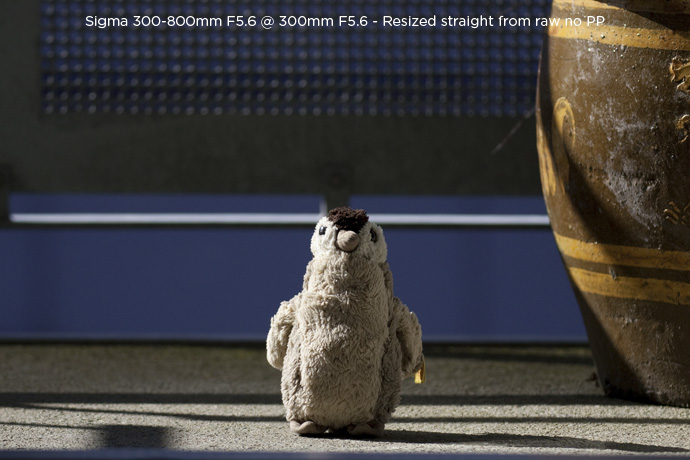
300mm F5.6 – 100% crop – Sharp
406mm F5.6 – 100% crop – Sharp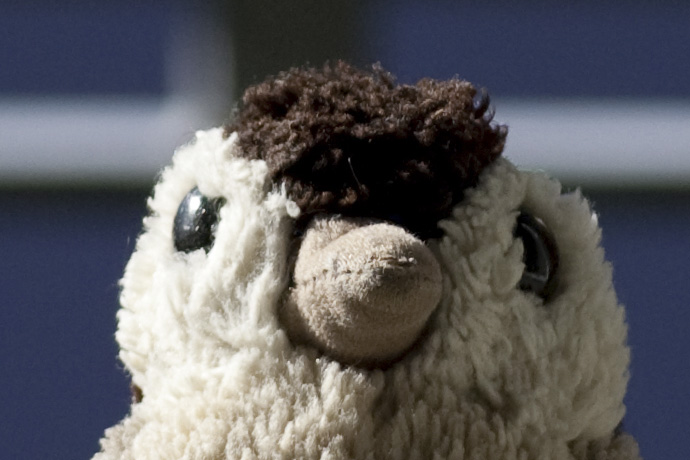
501mm F5.6 – 100% crop – Sharp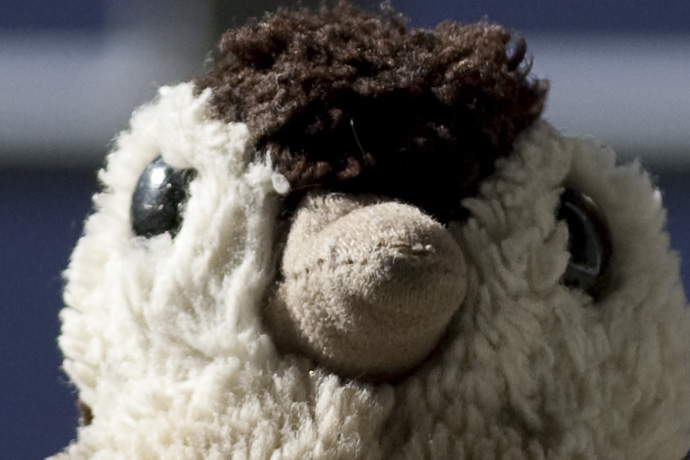
610mm F5.6 – 100% crop – Sharp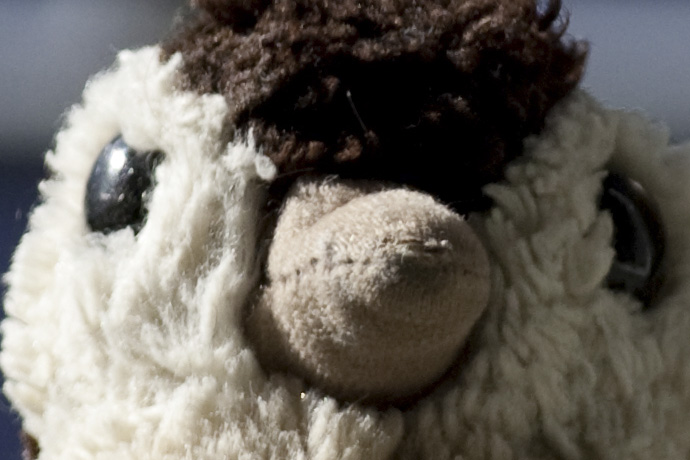
687mm F5.6 – 100% crop – Sharp.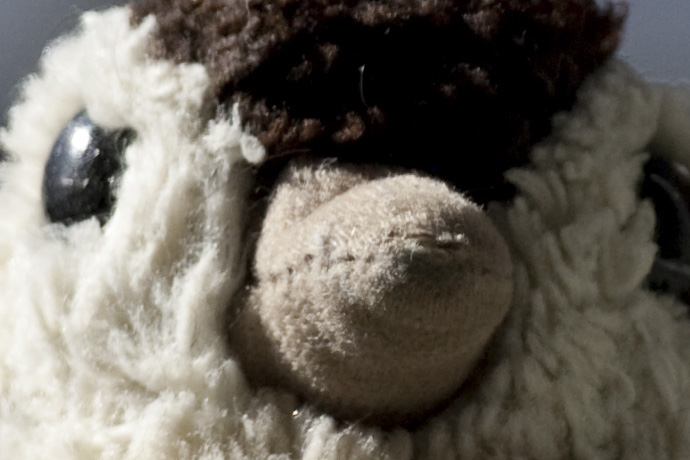
800mm F5.6– 100% crop – Sharp – Remember this isn´t edited in any way and is straight from raw. Note how thin the bookeh is at F5.6 rendering the eye and even the most of the fur blurred.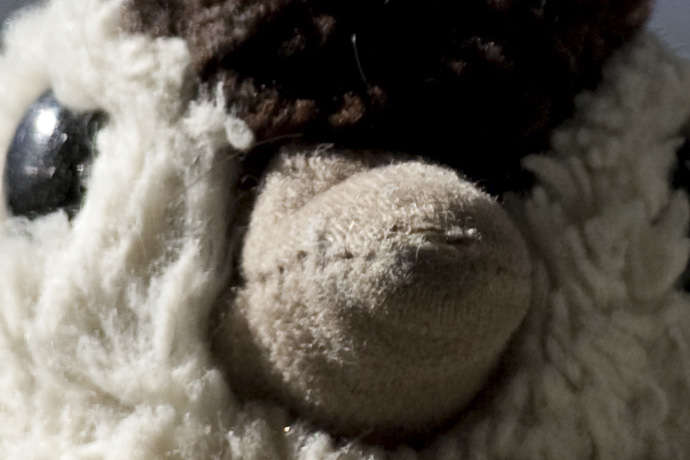
As shown above the Sigma 300-800mm F5.6 EX HSM is very sharp wide open throughout the zoom-range. How about finding the sweet-spot where the lens performs at its absolute best. On my copy it was around F9 to F11 although I rarely use anything past F7.1.
800mm F9 – 100% crop – Probably as sharp as you´ll ever need any lens to be.
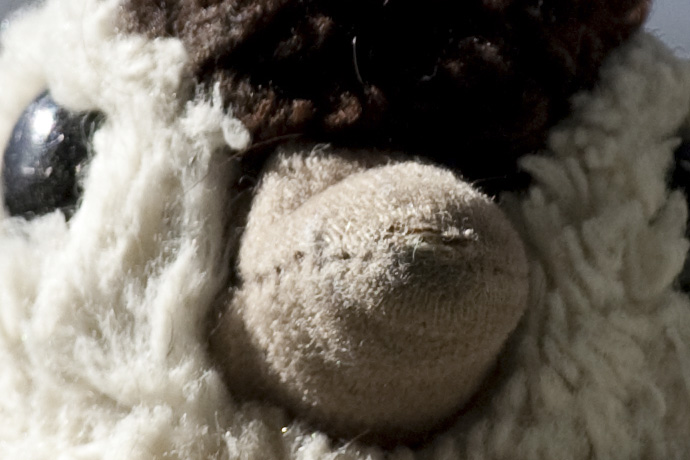
Adding teleconverters is a task not taken lightly with a 800mm lens. Autofocus and an extreme thin dept of field can quickly become the defining factor for not using converters. Plus the even higher requirement to stability. But it can be done and when done correctly the Sigma 300-800mm F5.6 EX HSM lens justifies with an impressive sharpness.
Forget about autofocusing on anything less than a 1D series body using teleconverters.
800mm + 1.4x Teleconverter = 1120mm F7.1 – full frame without any sharpening or editing added – Sharp and perfectly useable.

800mm + 1.4x TC = 1120mm F7.1 – 100% crop – Reasonably sharp and perfectly useable although a hint of blur.
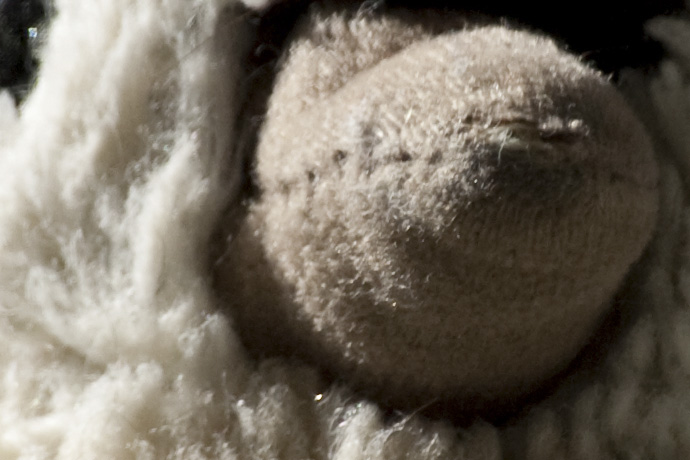
Actually I think I could do better with the above shot and I believe its slightly blurred due to subject shake (It was quite windy) rather than the lens. See the next shots for this reason.
800mm + 2x Teleconverter = 1600mm F7.1 – full frame without any sharpening or editing added – Shockingly sharp and perfectly useable.
800mm + 2x Teleconverter = 1600mm F7.1 – 100% crop without any sharpening or editing added – Shockingly sharp and perfectly useable. Remember the focus is just at the tip of the bill. I believe the results speak more or less for itself.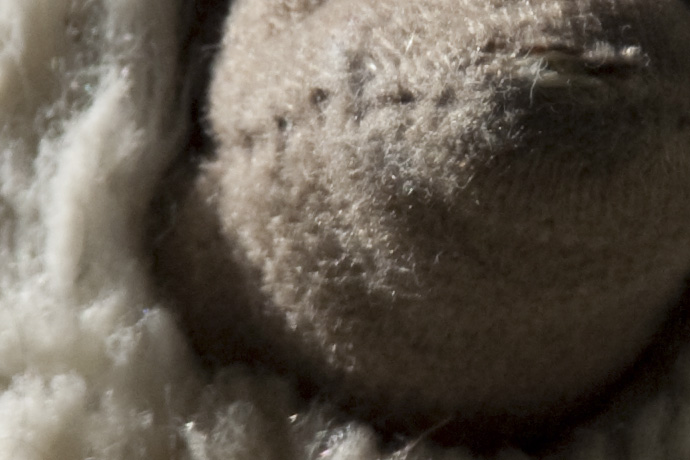
Conclusion
It´s hard not to be impressed with the Sigma 300-800mm F5.6 EX HSM lens. Great focal length, reasonable fast autofocus although without focus limiter and an amazing image quality and sharpness.
But the lens also demands the best equipment when it comes to tripod and tripod head to yield great results. That and a proper long lens technique and you´re close to be having the ultimate wildlife lens. But remember some things can be too big and the Sigma 300-800mm F5.6 EX HSM 5.8kg lens might be too much of a hassle – But you´ll probably feel the same way about the 600mm F4 lenses. If so a 500mm F4 or similar size is more suitable.
So if you´re up for the challenge you´ll be equally rewarded with an unique lens with some great capabilities.
Highly recommended for those wanting a lens with super focal length capabilities and don´t mind the extra weight.
Edit Monday May 24 2010: I´ve updated my gallery with quite a number of shots using the Sigma 300-800mm F5.6 EX HSM lens. You can browse these HERE
Eurasian Crane – Sigma 300-800mm F5.6 EX HSM @ 800mm and 1D Mark II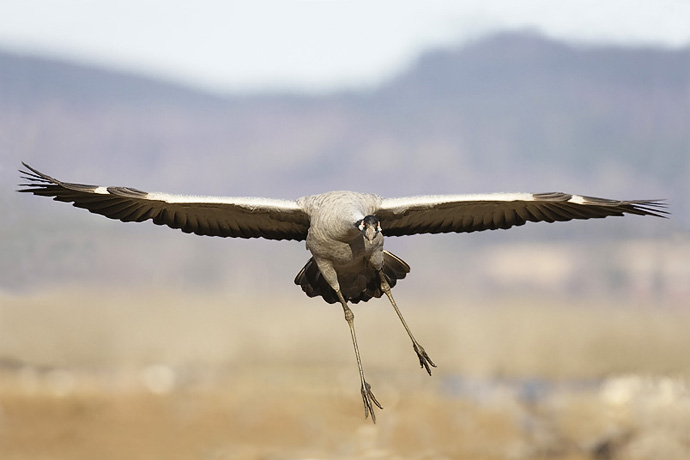


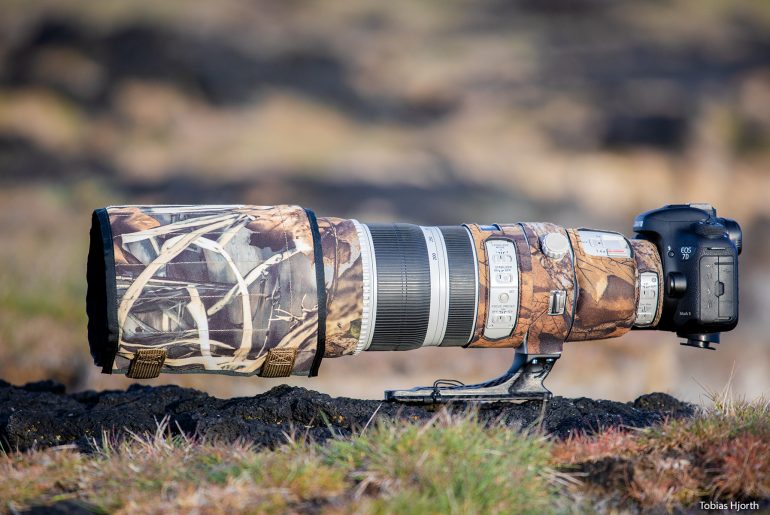
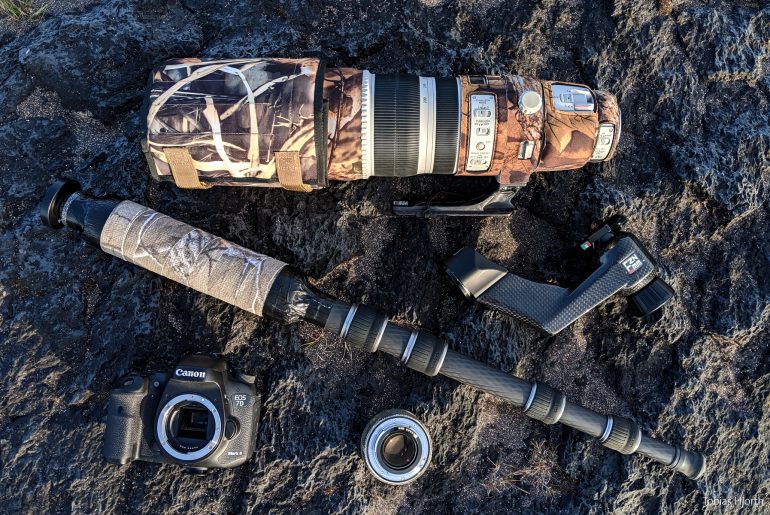
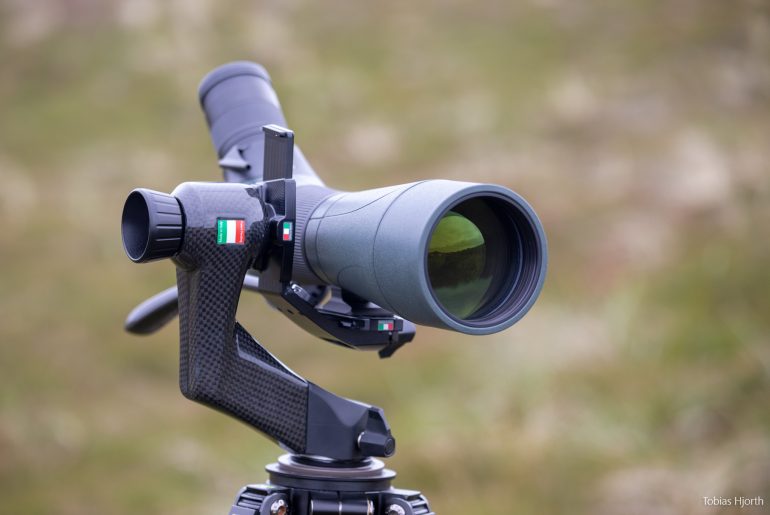
5 Comments
Pingback: Jobu Design BWG-Pro review | Tobias Hjorth Wildlife Photographer
Aren’t you losing 2 stops of light with the 2x TC? Which means 800mm at f5.6 would be 1600mm at f11 with a 2x TC?
Hi Tony
Thank you for commenting!
You´re correct. The largest effective aperture would be F11.
Thank you for the great review, just ordered one ,can not wait to try.
Hi Kosta
So glad you liked it. I’m confident it’ll bring you some good stuff. I love mine for sure despite the couple of quirks written in the review.
Happy shooting
Tobias.